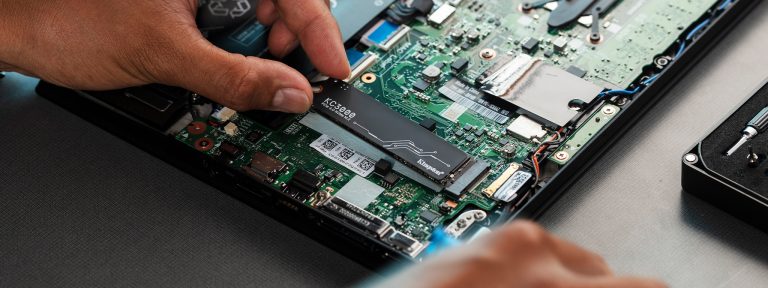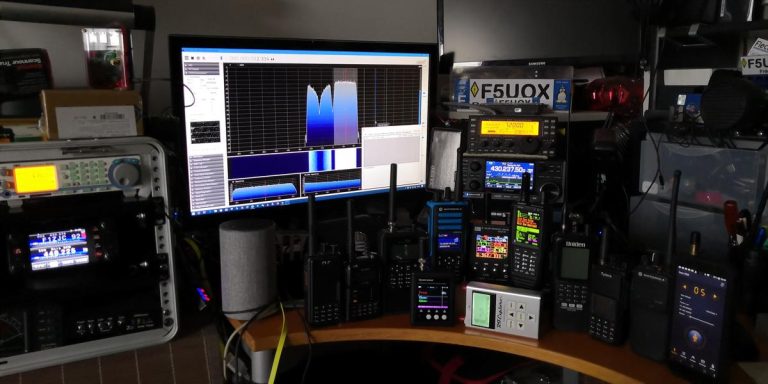Plastic takeaway containers have long been a staple of convenience, offering a practical solution for food storage and transportation. However, their environmental impact and single-use nature have prompted a reevaluation of their design and purpose. In response, innovative initiatives are breaking the mold, reinventing plastic takeaway containers for a more sustainable future.
Traditionally, plastic takeaway containers have been synonymous with disposable convenience, but this convenience comes at a cost. With mounting concerns about plastic pollution and waste, there is a growing need to reimagine these containers to align with principles of sustainability.
One of the key ways plastic takeaway containers are being reinvented is through the use of alternative materials. While traditional containers are typically made from petroleum-based plastics, newer iterations are exploring biodegradable, compostable, and even edible materials. These innovative materials not only reduce the environmental footprint of the containers but also offer additional benefits such as improved biodegradability and reduced reliance on finite resources.
Furthermore, the design of plastic takeaway containers is being reconsidered to optimize functionality and sustainability. This includes features such as stackability to minimize storage space, leak-proof seals to prevent spills, and compartmentalization for portion control. By enhancing usability and versatility, these redesigned containers offer a more efficient and user-friendly solution for consumers and businesses alike.
In addition to material and design innovations, there is a growing emphasis on reuse and refill systems for plastic takeaway containers. Rather than being disposed of after a single use, these containers are designed to be washed and reused multiple times, reducing waste and environmental impact. Some businesses are even implementing deposit-return schemes, where customers can return used containers for a refund or credit towards future purchases, further incentivizing reuse.
Moreover, technology is playing a role in the reinvention of plastic takeaway containers. Advanced manufacturing techniques such as 3D printing enable the production of custom-designed containers with intricate shapes and features. Additionally, smart packaging solutions incorporating RFID tags or QR codes allow for improved tracking, traceability, and even freshness monitoring, enhancing the overall consumer experience while reducing food waste.
Ultimately, the reinvention of plastic takeaway containers requires collaboration and commitment from all stakeholders, including manufacturers, retailers, consumers, and policymakers. By embracing innovation, rethinking traditional practices, and prioritizing sustainability, we can break the mold of conventional plastic takeaway containers and pave the way for a more environmentally friendly future. With creativity, ingenuity, and collaboration, plastic takeaway containers can be transformed from a symbol of waste to a beacon of sustainability.




















+ There are no comments
Add yours